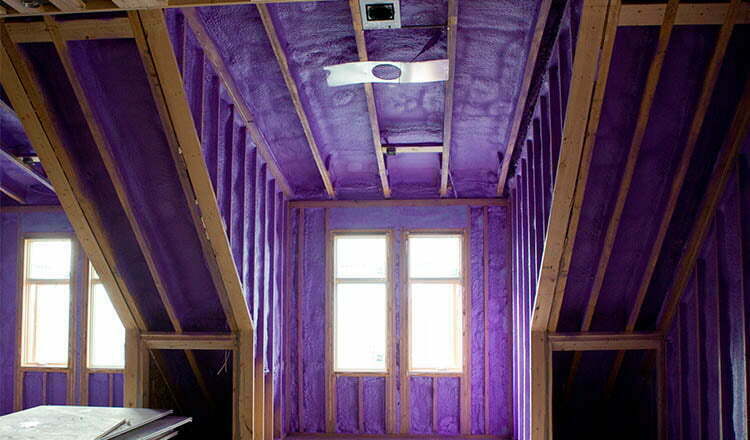Insulation plays a crucial role in maintaining a comfortable and energy-efficient home. Over time, however, insulation can degrade, leading to reduced efficiency and increased energy bills. In this article, we’ll explore the key factors that determine when and how often you should replace insulation in your home.
Table of Contents
- Understanding the Lifespan of Insulation
- Signs It’s Time for Replacement
- How Often Should You Replace Insulation?
- Conclusion
Understanding the Lifespan of Insulation
Insulation materials are available in various forms, including fiberglass, foam board, and cellulose, and their longevity varies based on factors like climate, installation quality, and maintenance. Below, we provide insights into common insulation types and their typical lifespans:
Fiberglass Insulation
Fiberglass insulation, a popular choice, typically endures for 20 to 30 years. However, its effectiveness can wane over time due to settling and moisture absorption.
Foam Board Insulation
Foam board insulation, known for its durability, can last 50 years or more. It exhibits greater resilience against settling and moisture damage compared to fiberglass.
Cellulose Insulation
Cellulose insulation boasts a lifespan of approximately 20 to 30 years. In regions with high humidity or moisture concerns, it may necessitate earlier replacement.
Signs It’s Time for Replacement
Regardless of the insulation type, there are common signs that indicate it’s time for a replacement:
Increased Energy Bills
If you see a sudden increase in your energy bills, your insulation might not be doing its job anymore. This could be because of gaps, damage, or wear in the insulation material.
Uneven Temperature Distribution
Uneven temperatures in different parts of your home can signal insulation problems. If some areas are noticeably hotter or colder than others, it’s time to check and possibly replace the insulation.
Pest Troubles
Rodents and insects can harm insulation, making it ineffective. If you find signs of pest infestations in your house, consider inspecting and changing the insulation in affected areas.
Mold or Mildew Growth
Moisture damage can lead to mold and mildew growing within the insulation. This not only poses health risks but also reduces the insulation’s effectiveness. Look out for signs of mold and deal with them promptly.
Visible Damage
Obvious damage to your insulation, such as tears, compression, or water stains, is a clear indicator that it needs replacement. Damaged insulation cannot provide the required thermal protection.
How Often Should You Replace Insulation?
The frequency of how often to replace insulation depends on several key factors:
Climate and Weather Conditions
Homeowners in extreme climates may need to replace their insulation more often. For example, homeowners in cold climates may need to replace their insulation every 20-25 years, while homeowners in hot climates may need to replace it every 15-20 years.
Maintenance Practices
Regular maintenance can significantly extend the life of your insulation. Proper maintenance includes sealing gaps and addressing any moisture-related issues promptly. By consistently maintaining your insulation, you can potentially prolong its lifespan, reducing the need for frequent replacements.
Quality of Insulation Material
The type of insulation you pick matters too. Better-quality insulation materials tend to be tougher and less likely to get damaged. If you choose top-notch insulation, you might find that it doesn’t need to be replaced as frequently as lower-quality options.
Professional Installation
How the insulation gets put in also affects how long it will last. When professionals who know what they’re doing install it, they make sure it’s in the right place, so there’s less chance of damage or early wear. Proper installation means your insulation is more likely to stay effective for a longer time.
In general, it’s advisable to inspect your insulation every 10 to 15 years. However, if you notice any of the signs mentioned earlier, don’t wait; take immediate action to replace the affected insulation.
Conclusion
Insulation is an essential component of any energy-efficient home. By keeping your home properly insulated, you can reduce your energy costs and make your home more comfortable. However, over time, insulation can degrade, leading to reduced efficiency and increased energy bills. We’ve also covered the signs that indicate it’s time to replace your insulation.
If you’re looking for a durable and energy-efficient insulation solution or simply require insulation advice, we invite you to explore Ener-Spray Canada for a complimentary consultation. Spray foam insulation can last for decades with proper maintenance, and it can help you save significantly on your energy bills.
